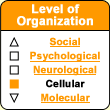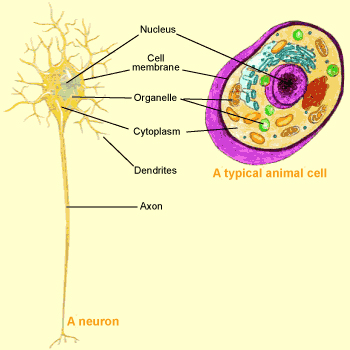| 
Fewer
Glial Cells Than You Might Think? | |
The human nervous system
is composed of two types of cells: glial cells and neurons.
Compared with neurons, glial cells play a less
obvious role in intercellular communication, so you tend to hear about them less
often. And when you do hear about them, it is often for the wrong reason, such
as the outdated idea that while the brain contains about 100 billion neurons,
it also contains 5 to 50 times as many glial cells. These latter figures are still
cited frequently in neuroscience textbooks, but the consensus figure was actually
revised downward early in the first decade of the 21st century, when several studies
suggested that the ratio of glial cells to neurons is actually much lower: about
1 to 1 (in other word, that the brain contains just about 1 billion glial cells
and 1 billion neurons). But that does not mean they
are not essential. In fact, they are so essential that without them, the neurons
could not work properly. The glial cells provide the
neurons with nourishment, physical support, and protection. Glial cells also dispose
of the waste materials generated when neurons die, and accelerate neural conduction
by acting as an insulating sheath around certain axons. Each
of these functions is performed by a different specialized type of glial cell.
| |






